In July 2015, Projeto Arcomusical spent three weeks in Brazil, performing MeiaMeia and training capoeira Angola.
Below is a series of photos from that trip, dated in chronological order. These photos accompany the following story…
From July 3 to December 3, 2015, I had the absolute pleasure of spending five months in Brazil, four of these thanks to a grant from the Fulbright Scholar Program. That external funding allowed me to divide my time evenly between teaching at the Federal University of Minas Gerais (UFMG) and researching the role of the berimbau musical bow in its traditional context of the Afro-Brazilian martial game known as Capoeira Angola. I conducted the research through reading, studying recordings, making musical transcriptions and, most importantly, actively training at the Capoeira Angola Dobrada Association (ACAD). Such active participation (literally learning how to be playful with my body, how to kick and be kicked, how to use my arms as legs, how to fall gracefully without injury, and much, much more) has opened up incredible opportunities to learn from inside the community, through conversations concerning the musical and philosophical aspects of the art form. No matter how much reading or listening I do on the subject, my understanding of Capoeira Angola would be impoverished without this critical participation.
My Fulbright period began in August of 2015. The month of July, however, was shared with a group of five wonderfully talented percussion students from Northern Illinois University’s School of Music: Alexis Lamb, Christopher Mrofcza, Kyle Flens, Abigail Rehard, and Daniel Eastwood. This trip would never have been possible without the generous support of many entities and people at NIU including: the Office of the Provost that approved my year-long sabbatical; the Division of International Programs and its Lillian Cobb Faculty Travel Fellowship for International Teaching and Service; Richard Holly, the former Dean of the College of Visual and Performing Arts; and, certainly not least, Kristin Huffine and Sandy Lopez at the Center for Latino and Latin American Studies. With this collective support, we six musicians performed six concerts of “MeiaMeia,” a cycle of original music for tuned berimbaus co-composed by myself and undergraduate student, Alexis Lamb.
The significance of performing this music in Brazil is paramount to the journey. The berimbau is Brazilian. It is an icon of African identity throughout that country. Through its association with Capoeira, it is the most well-known and widely played musical bow on this planet, and it is universally known throughout Brazil. Because everyone for whom we performed or taught already knew the berimbau in a certain manner, our presentations were instantly recognized and yet utterly shocking because our music is informed by yet markedly outside of the tradition of Capoeira music making. Our performances resulted in a series of incredible and life changing experiences for everyone involved – myself, the students, and the communities for whom we offered our musical teaching and musical performances.
The travel took place in two distinct phases and in two different states – Minas Gerais and Bahia.
From July 4th through the 15th, we traveled through the state of Minas Gerais and performed five concerts in the cities of Mariana, Ouro Preto, Marinhos, Brumadinho, and Belo Horizonte. On the days we were not traveling from city to city, we based ourselves in the capital city of Belo Horizonte (BH). My friend and colleague there, Dr. Fernando Rocha, is the Professor of Percussion at the Federal University of Minas Gerais (UFMG) and was of great help to me in the organization of these performances. In BH, the students and I participated in three Capoeira Angola training sessions with Mestre Jurandir of the International Capoeira Angola Foundation (FICA) and two sessions with the person who would later become my primary teacher and reference in the world of Capoeira Angola, Contramestra Alcione Oliveira of the group ACAD. In both locations, in front of a group of capoeira practitioners, these teachers afforded us the opportunity to give short explanations and performances of our music. This was a wonderful stroke of luck and very successful because it generated an enthusiastic and large audience for our final performance in Belo Horizonte on July 14th.
In Minas Gerais, aside from performing and Capoeira training, additional professional engagements included:
- a web interview with the Federal University of Ouro Preto (UFOP) television station.
- a film clip of our performance for the UFOP series, Concertos didaticas, (not yet available online).
- a workshop and masterclass for contemporary berimbau performance at the Artistic Education Foundation (FEA).
- a workshop for young musicians in the former slave colony (quilombo) of Marinhos.
Additional memorable cultural activities included:
- attending a percussion ensemble concert by the Federal University of Minas Gerais (UFMG) Percussion Group, thereby creating an opportunity for NIU and UFMG students to interact.
- attending a traditional samba musical performance that proved a safe environment for impromptu performances as well as dance alongside the many Brazilians gathered.
- visiting the Municipal Park and Central Market of Belo Horizonte.
- visiting the colonial era city of Ouro Preto, including a scenic train ride through mountainsides and waterfalls.
- exploring the expansive garden and contemporary art campus of Inhotim.
The second phase, July 16th through July 26th, found us in the rustic, beautiful coastal village of Serra Grande in the state of Bahia. There we stayed at the Fazenda Cultural Ouro Verde (“Green Gold Culture Farm” a reference to both the Brazilian flag and to the inherent value of “green” or sustainable living). Ouro Verde is the home of my first berimbau teacher, Eldio Rolim, better known as Mestre Cabello Caobijubá. I first met Cabello in New York City in 1999, while I was doing doctoral work at the Manhattan School of Music. When the berimbau suddenly and magically entered my life I sought out a good teacher and Cabello’s name came up again and again. His teachings were, in fact, excellent and have stayed with me. So much so that, sixteen years later, this trip is in no small way the direct result of my initial contact with him. At the Barracão d’Angola community center that Mestre Cabello and his wife, Mestra Tizsa, have created, the students and I trained Capoeira Angola, Afro-Brazilian percussion and dance, and performed our final performance of the journey.
In Bahia, additional memorable activities included:
- the planting of over two hundred beriba seeds and saplings at Ouro Verde. This work, done over two days, was incredibly rewarding and educational. The little saplings will over the course of a few years become tall and slender trees that offer the perfect wood used for making the highest quality berimbaus. What is incredible is that multiple slender trunks shoot from the same seed and when one is cut to make a berimbau, the other continues to grow unharmed and slowly but surely a new trunk grows in place of the cut one. With the proper handling and care, a beriba forest is an endlessly renewable resource.
- the construction of our very own berimbaus from start to finish. This involved, multi-step, two-day process included: cutting beriba trees, peeling the bark with a knife, shaving the wood with glass shards, sandpapering the wood smooth, sawing then whittling the end to secure the wire, cutting open the gourd, sanding the gourd inside and at the mouth, nailing the leather into the top to support the wire, cutting open a tire bead, removing the wire, removing the excess rubber from the wire, knotting the wire loop and cutting cord to create both a tuning bridge for the gourd and a tying handle for the wire. (Please see online photos for images of a series of these steps.)
- a visit to the Living Forest Institute, just outside of Serra Grande. There we learned about the rich and precious ecosystem known as the Mata Atlântica (Atlantic Forest) that surrounds much of southern coastal Bahia. It was fascinating to learn that this ecosystem, although very small, is just as rich in flora and fauna as the more well known Amazon rainforest in the north of the country.
- observation of capoeira and drumming lessons for children between the ages of 5 and 12. Mestre Cabello has developed a very special way of teaching young people about self-confidence through music and movement and this was a joy to behold.
- work at the Barracão d’Angola that included painting, construction, weed removal, and much more as part of a large community effort to prepare the space for our final performance/party on the 26th.
- celebrating one of the student’s (Daniel Eastwood) birthday on July 21st with the community at the Barracão d’Angola. Daniel was presented with a homemade chocolate cake replete with candles at the end of an evening of Afro-Dance class. (Yes, he was made to do a solo dance number with cake in hand!)
I have created an online photo album for the many experiences detailed above to give a richer, more complete sense of our experiences abroad.
I should mention that in 1999, during my second berimbau lesson with Mestre Cabello, I performed for him and he smiled, then gave me the following challenge:
“Your job with the berimbau…will be to discover what you can do with the instrument that tells who you are, what you are when you play berimbau.”
Sixteen years later, I am delighted to report that, Northern Illinois University has allowed me the creative environment to develop something unique with the berimbau that I can share with my students. Challenging them to learn, develop, and grow musically has aided my own growth in remarkable ways. Especially notable is the synergy between myself and Alexis Lamb, the result of which is an album of this music, MeiaMeia, that we will be releasing mid-2016 on Innova Recordings, a Minneapolis-based contemporary music label with worldwide renown. Indeed, through these myriad musical and teachin experiences at Northern as well as the generous support from around the campus, I was able to respond to Mestre Cabello’s challenge in the most meaningful of ways and share it directly with him, with his community in Bahia, with a series of communities in Minas Gerais, and with five excellent young musicians from NIU.
In closing, I would like to state that NIU is an remarkable institution that supports and brings out the very best in all of us, faculty, staff, and students alike, as scholars and as human beings. I am so happy to be a part of the fabric of NIU and am looking forward to resuming teaching in the 2016-2017 academic year!



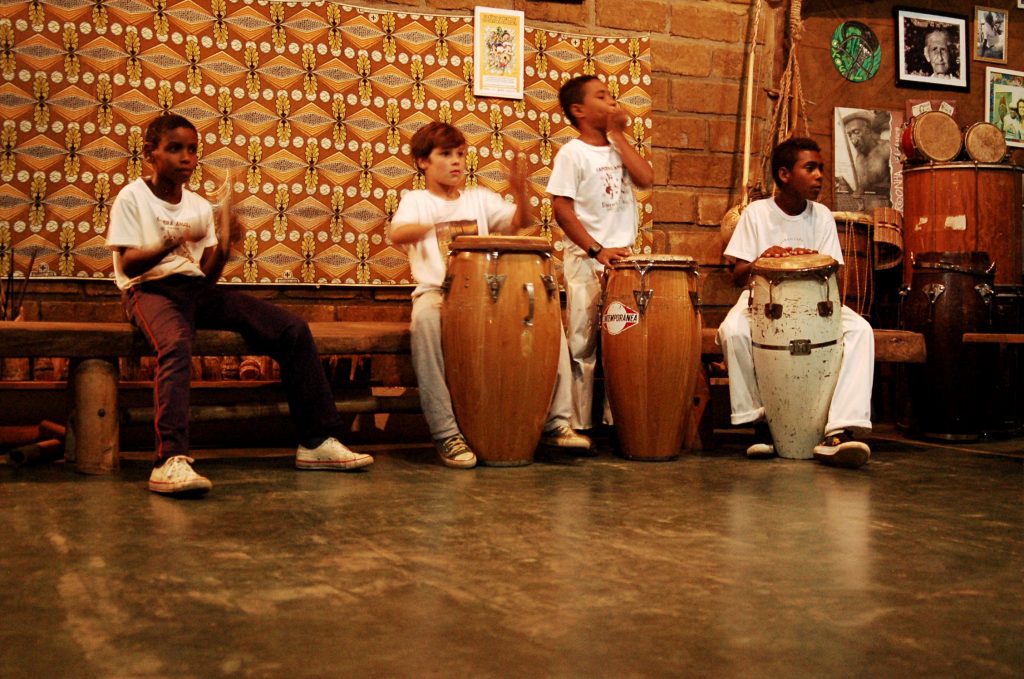

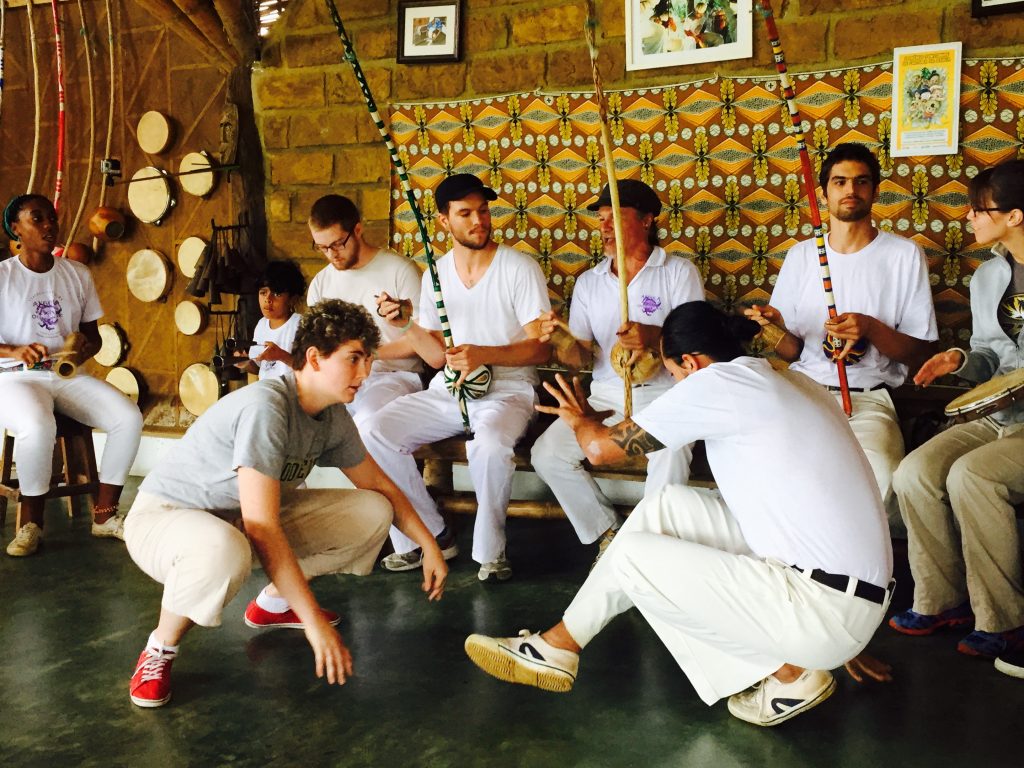
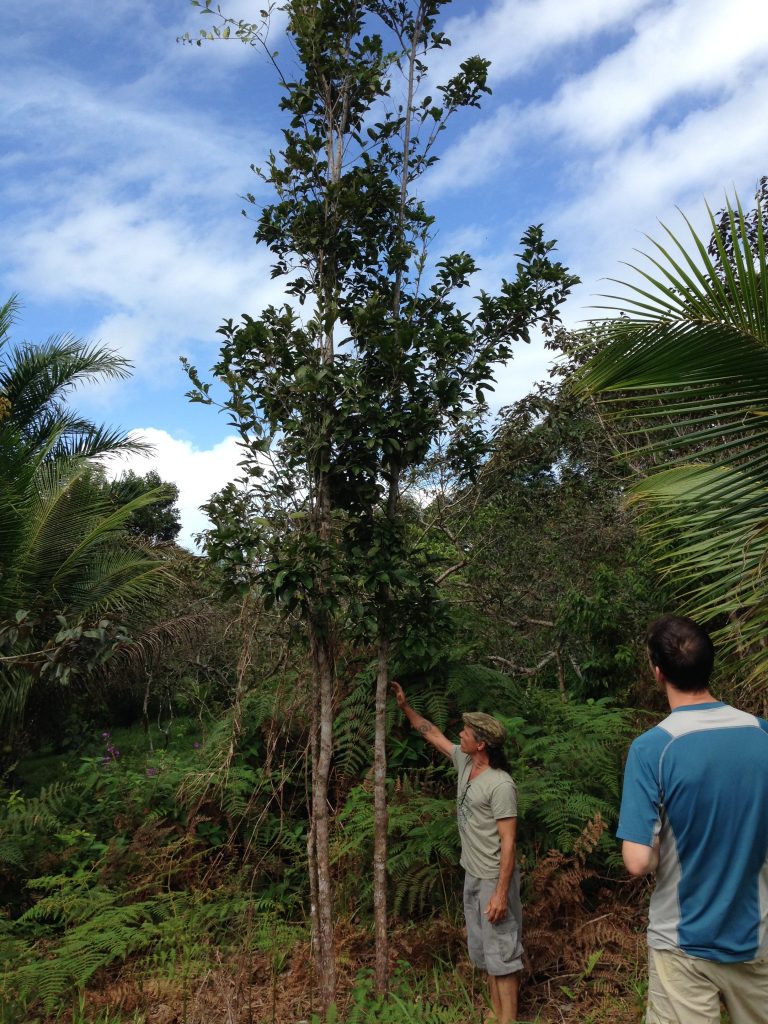
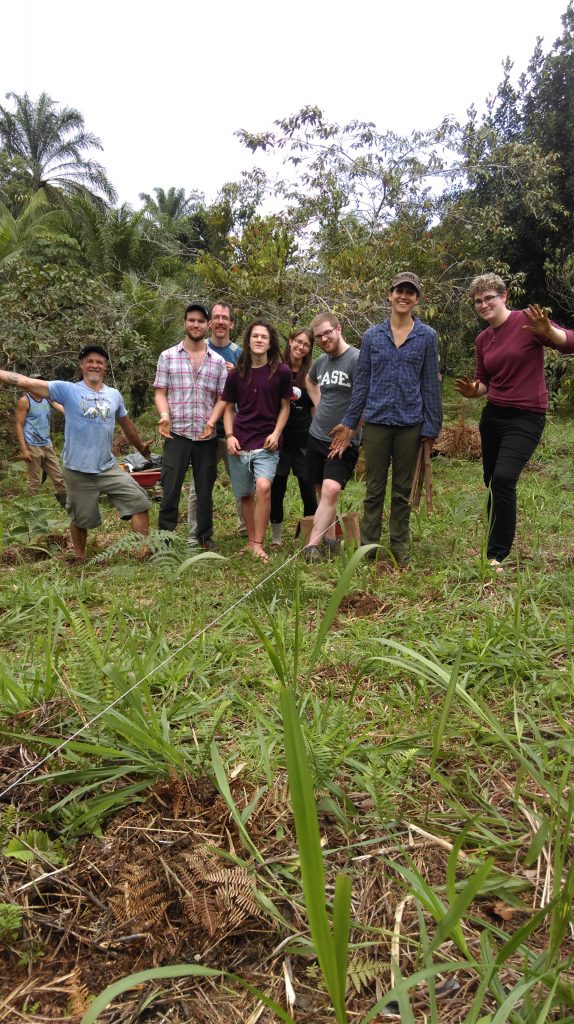
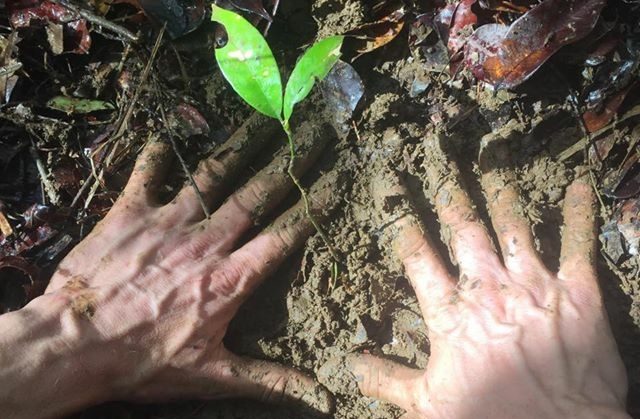
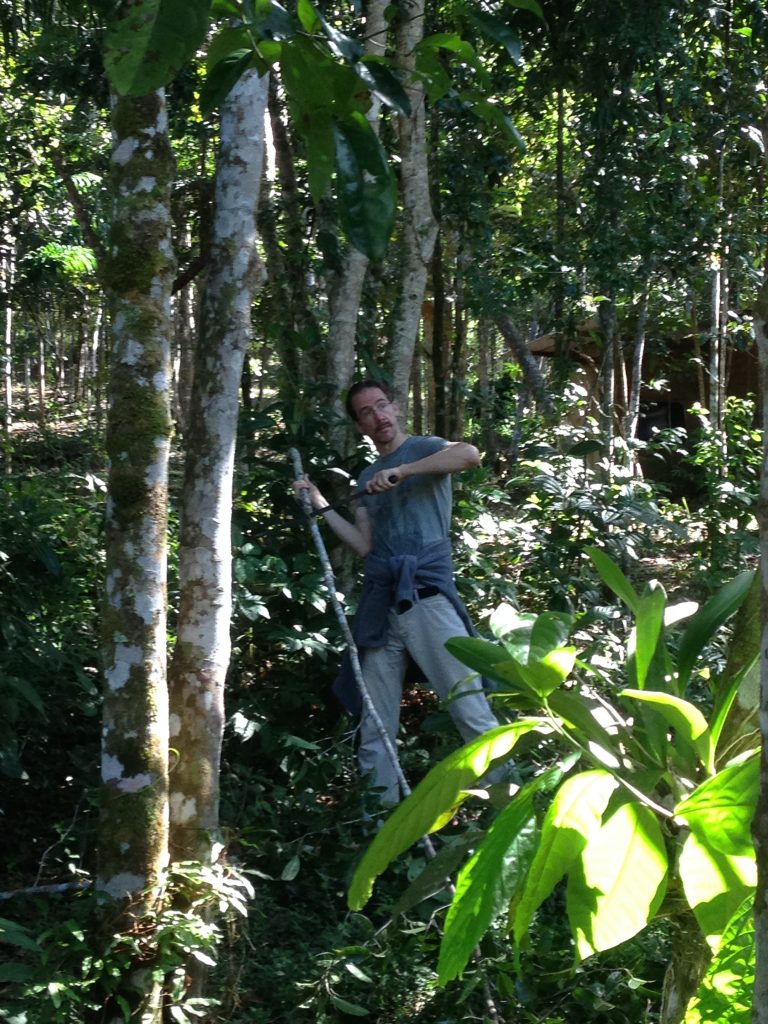
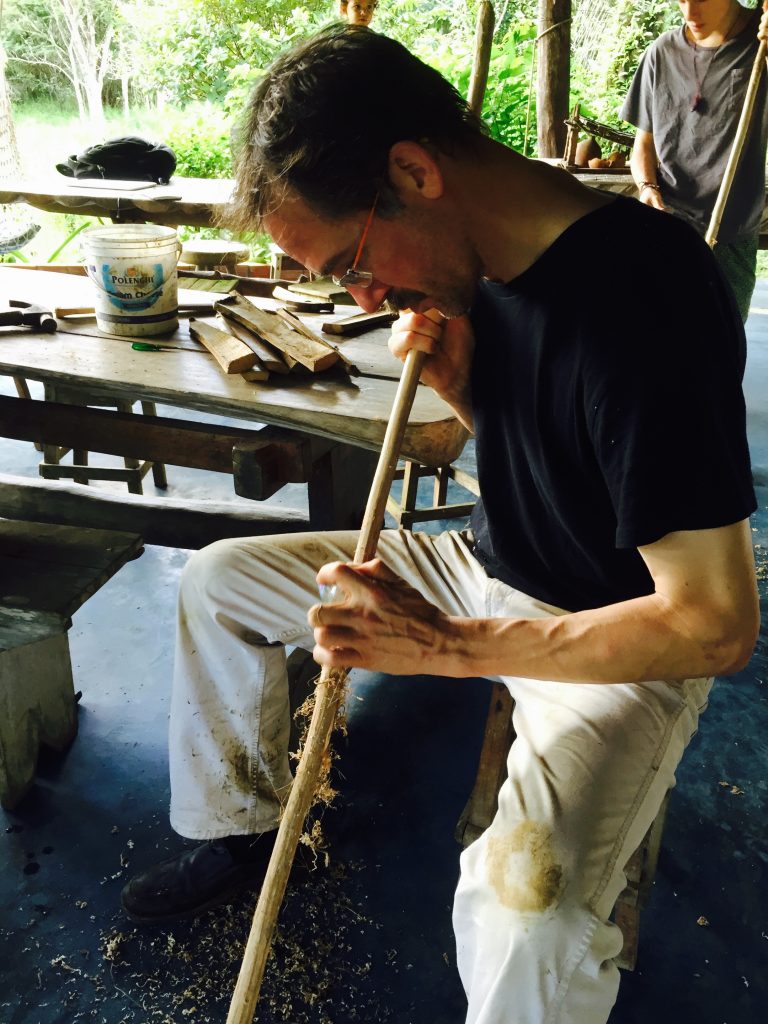
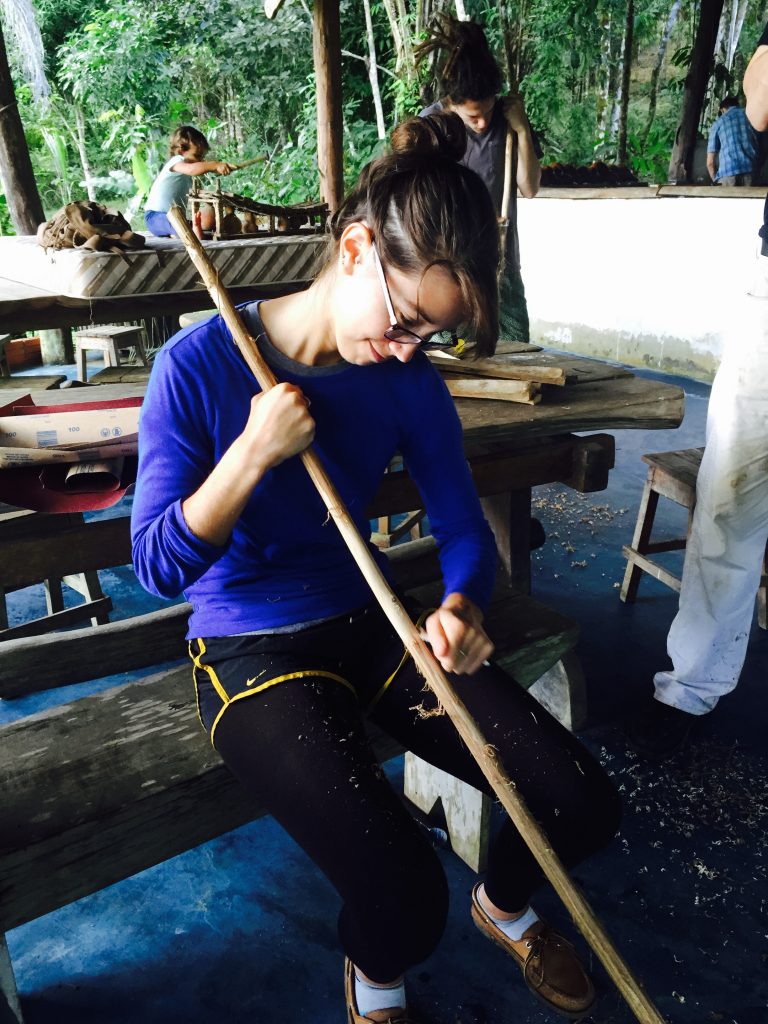
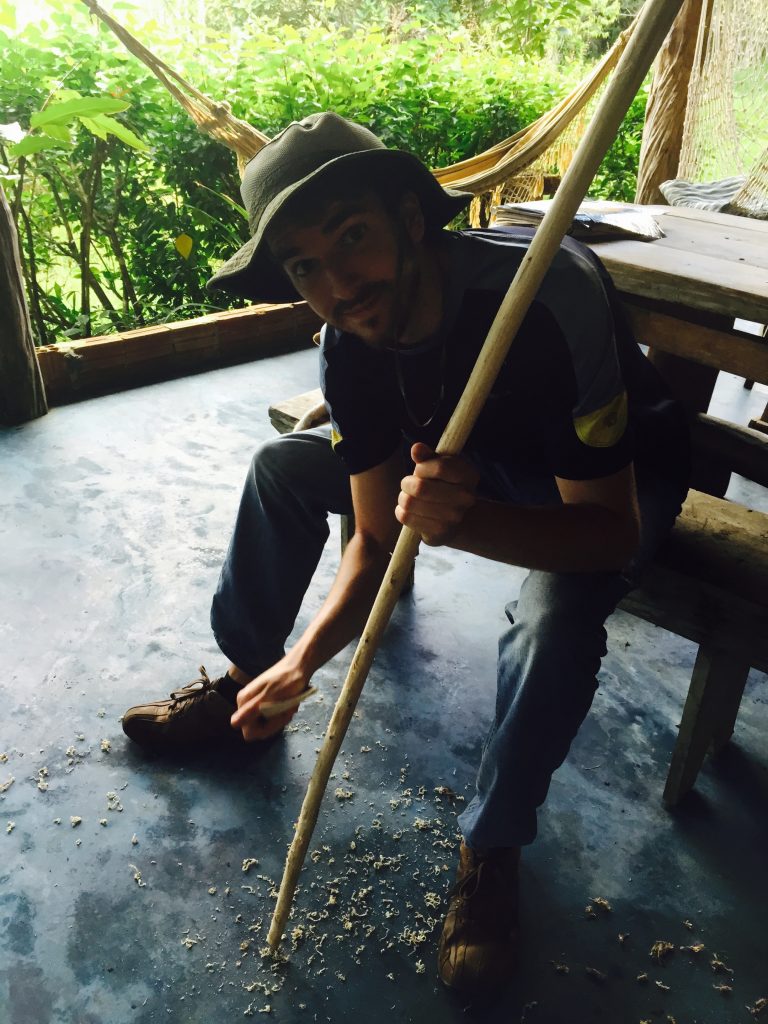
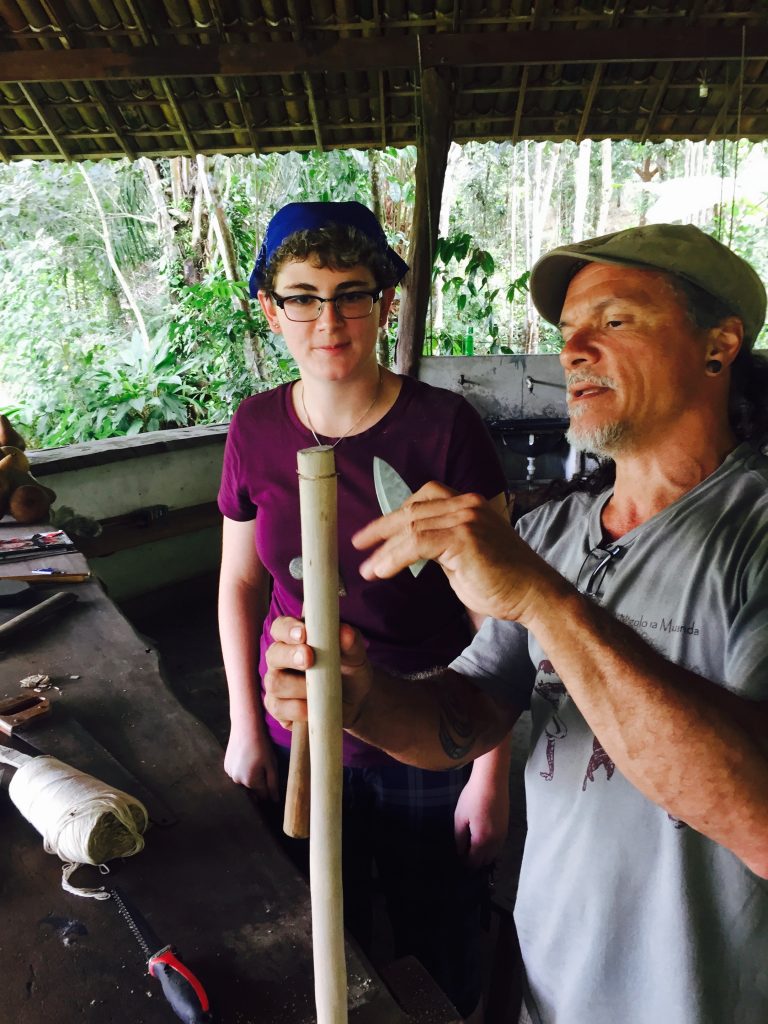
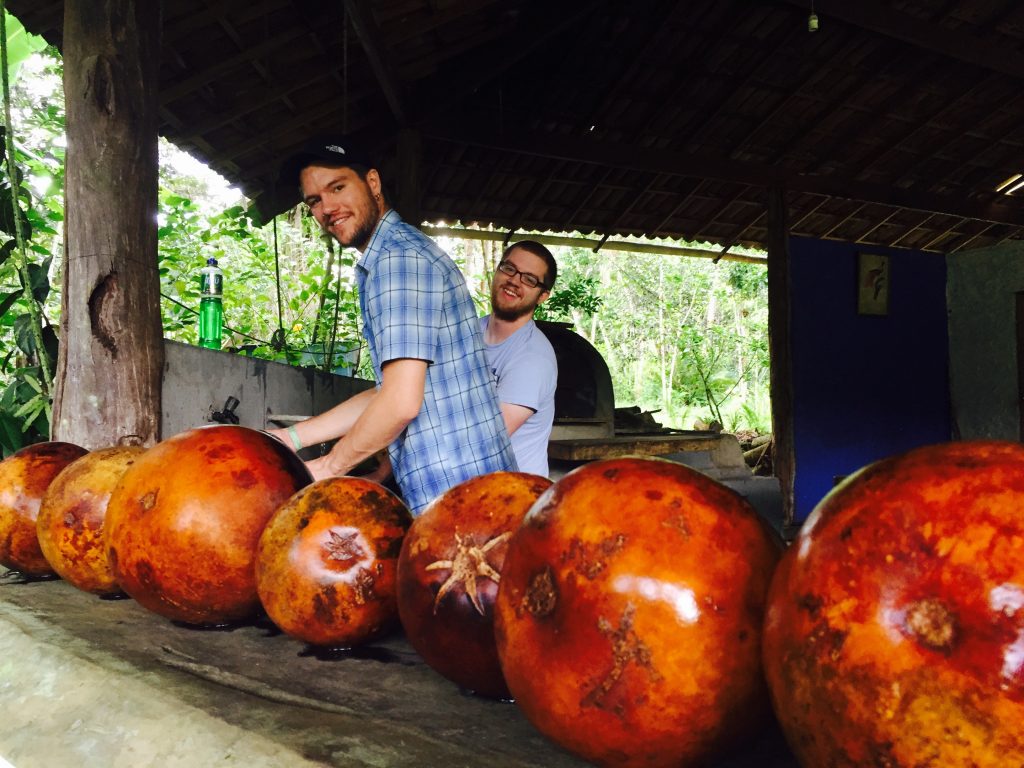
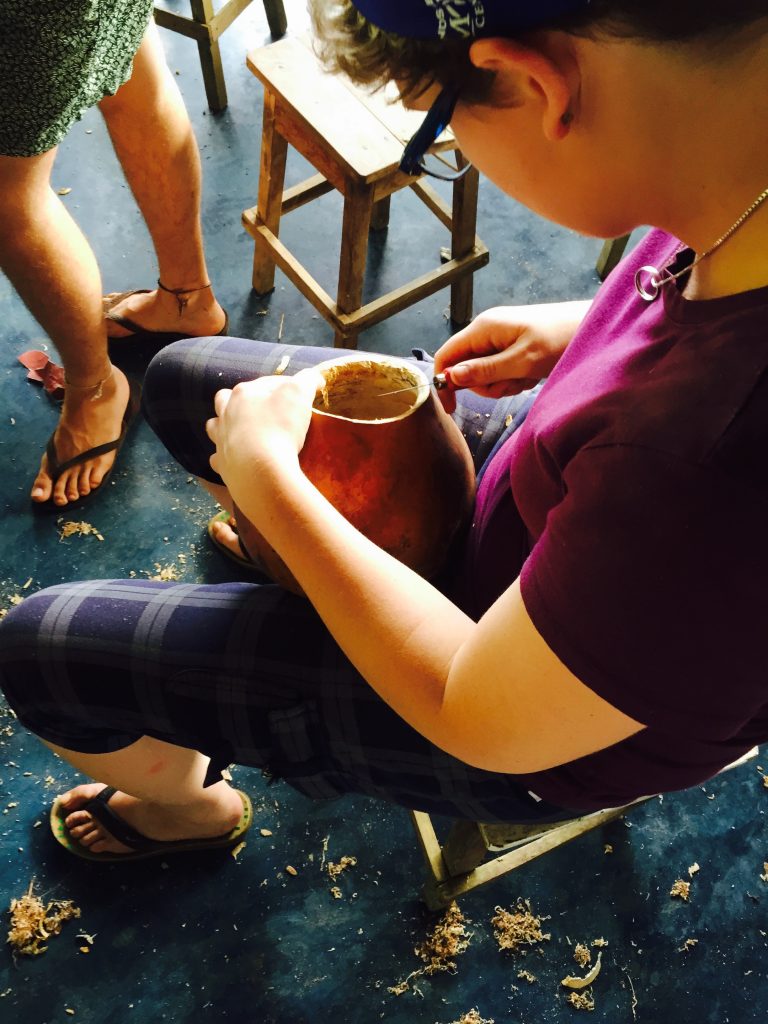
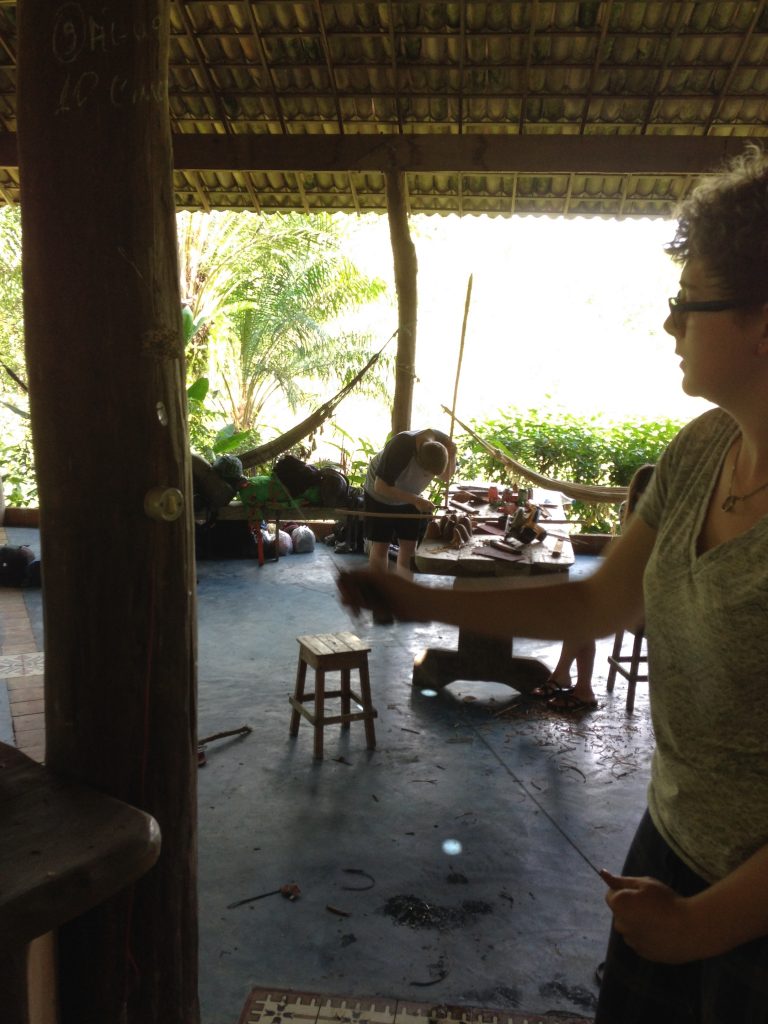
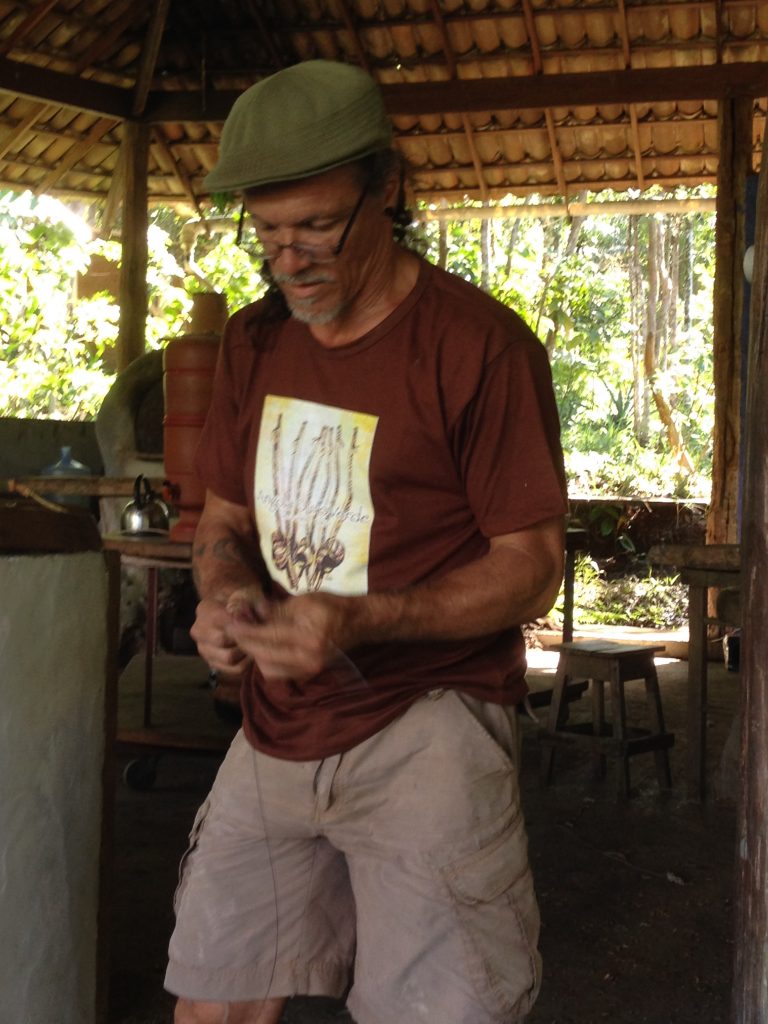
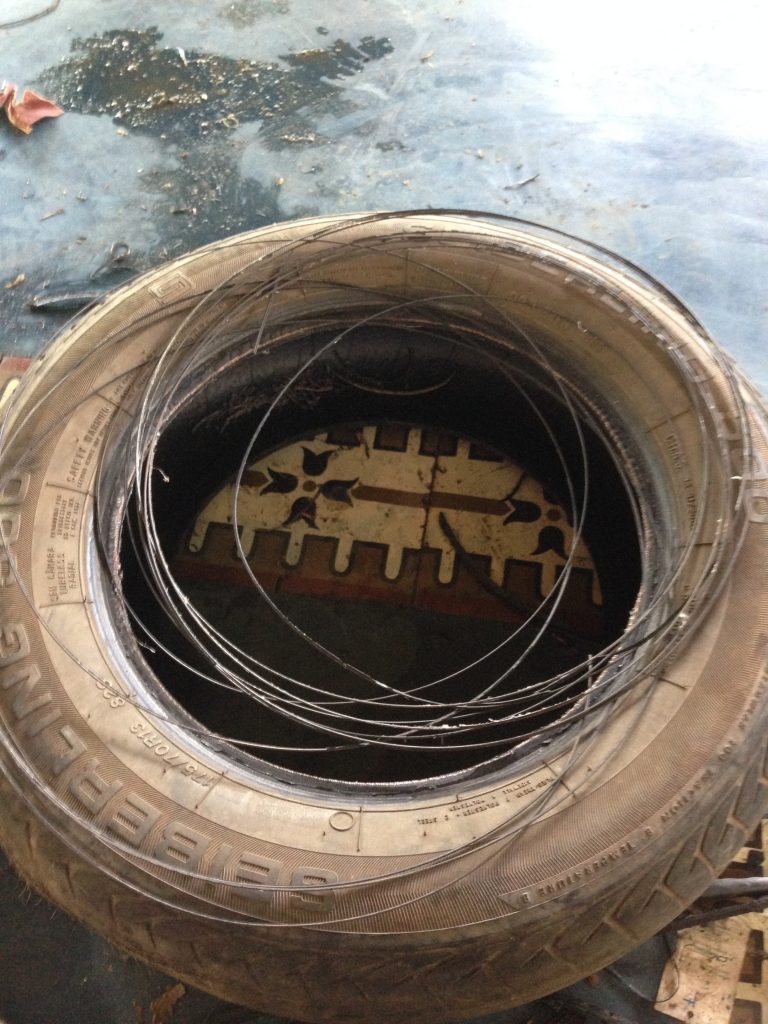
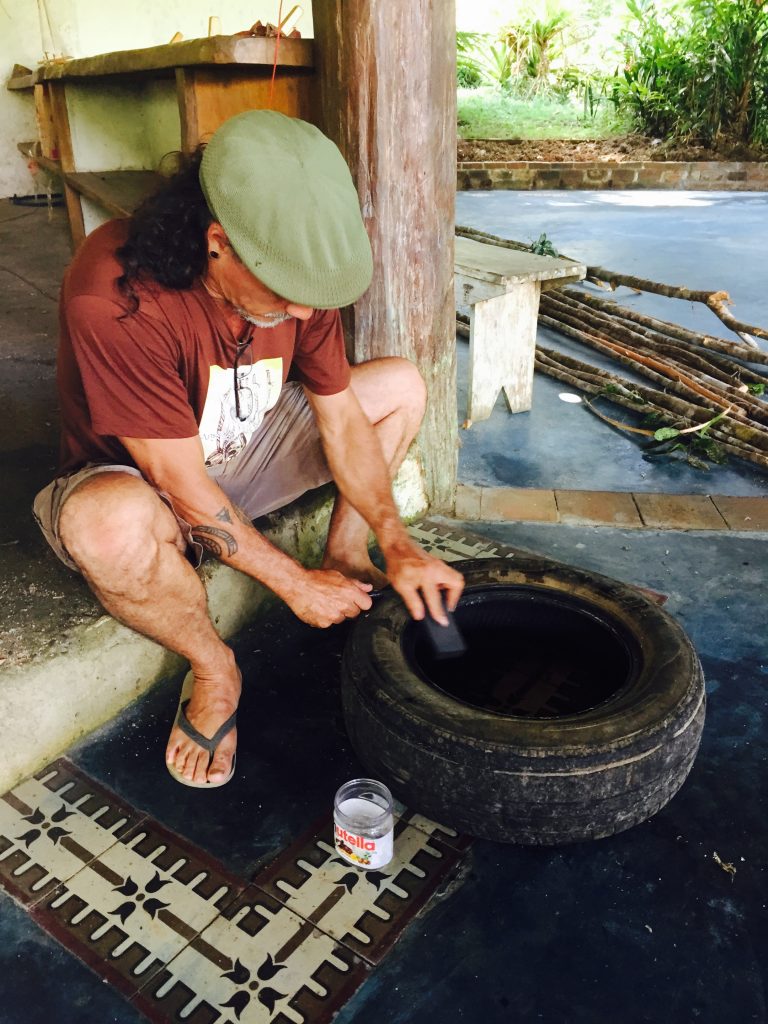
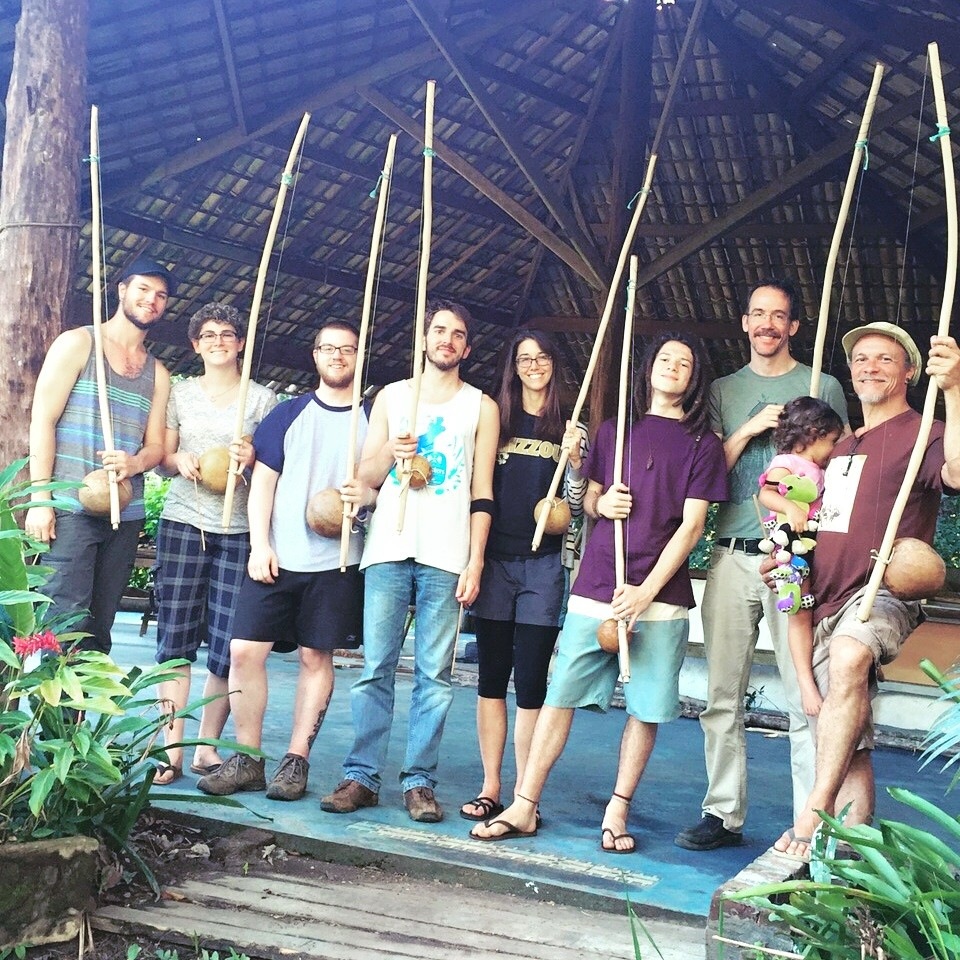
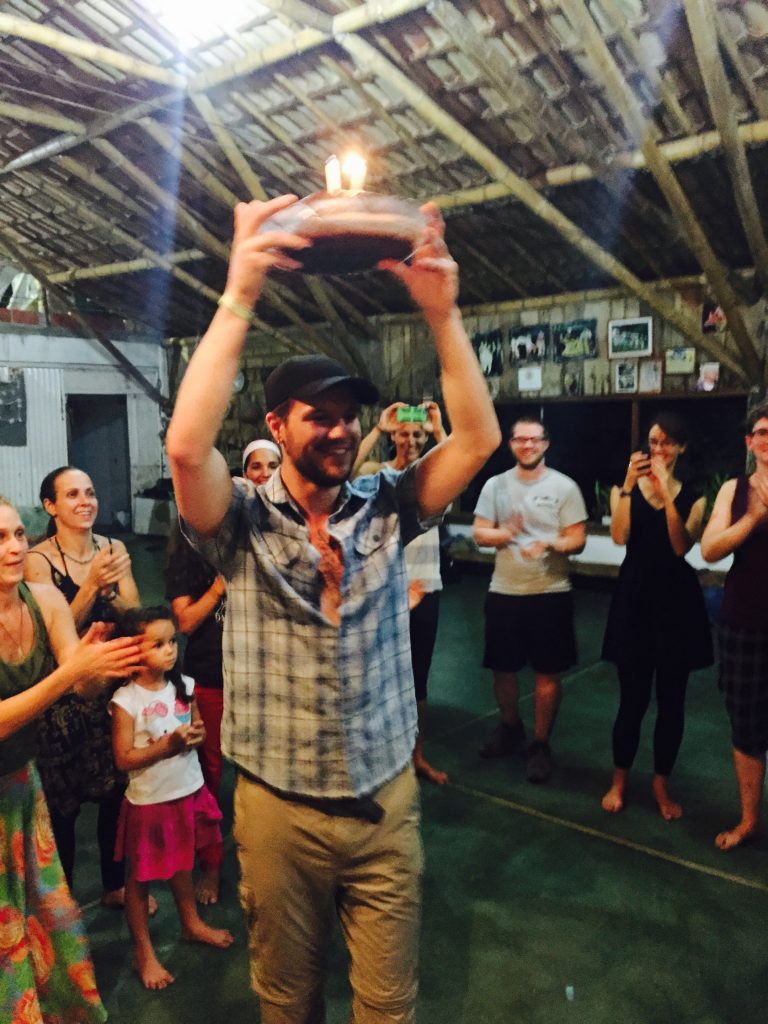

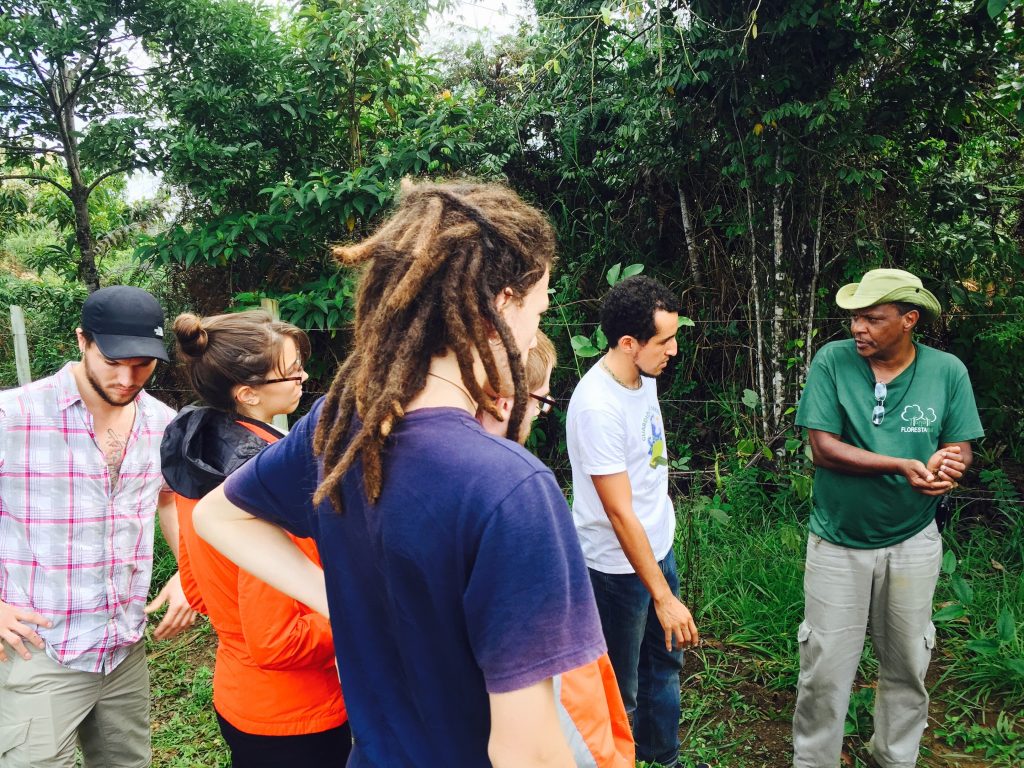



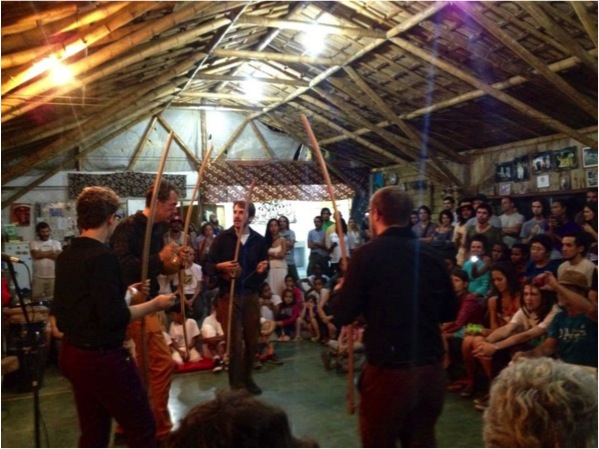
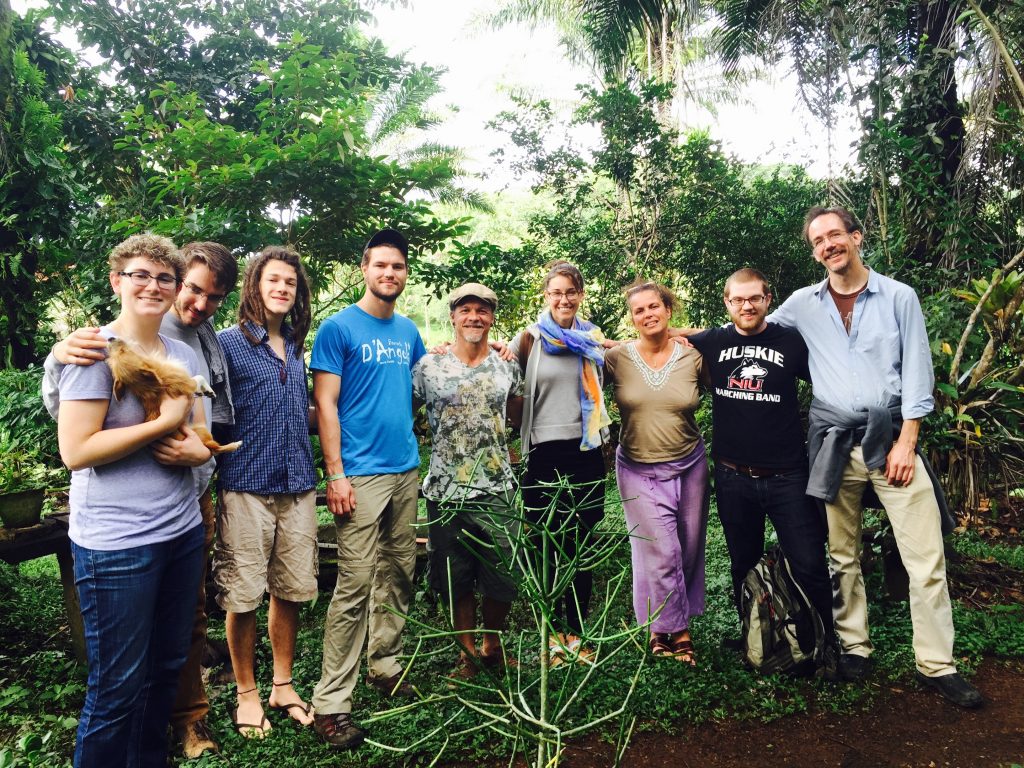


No comments yet.